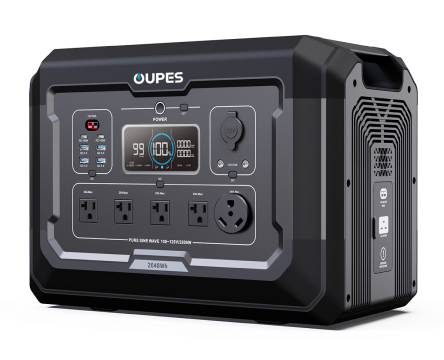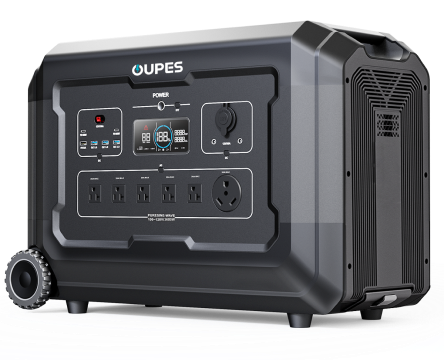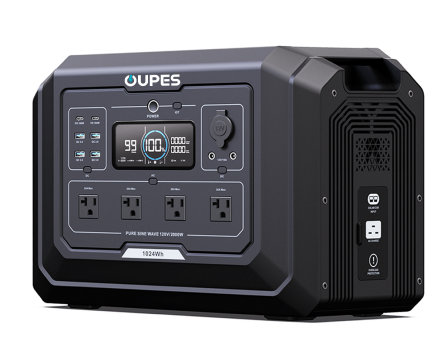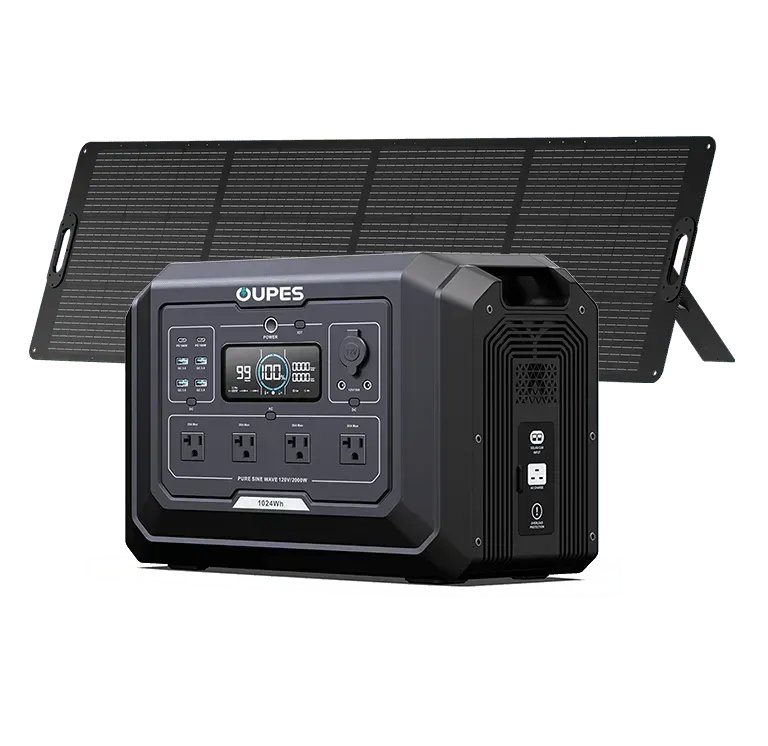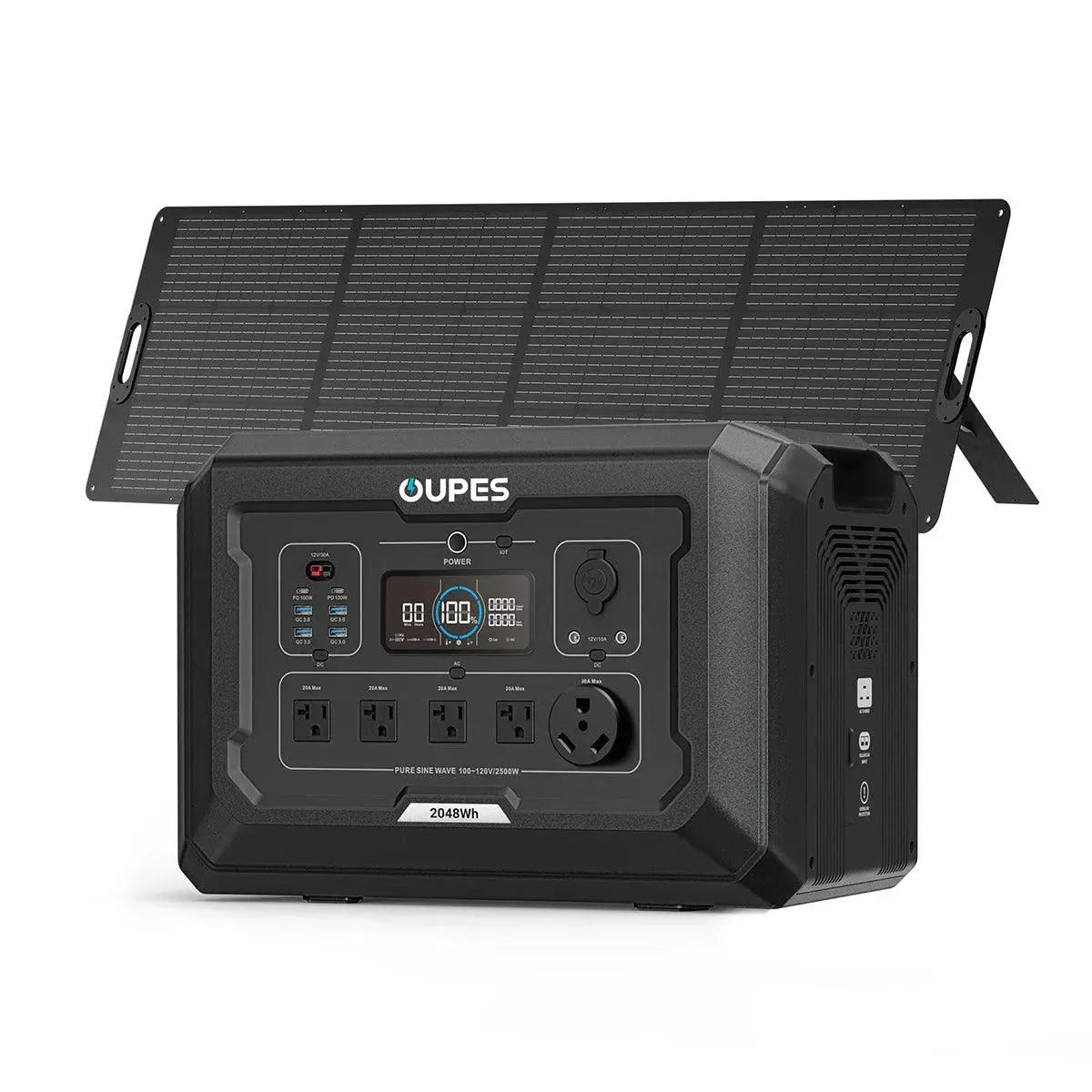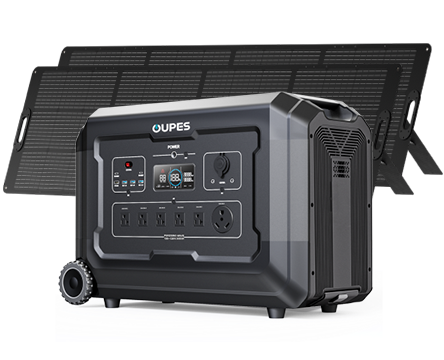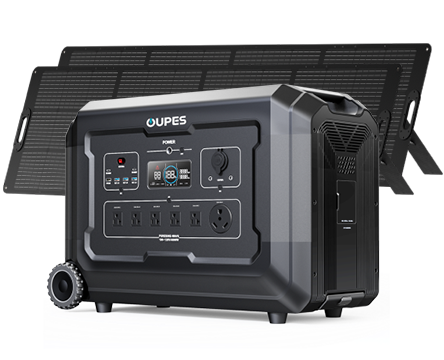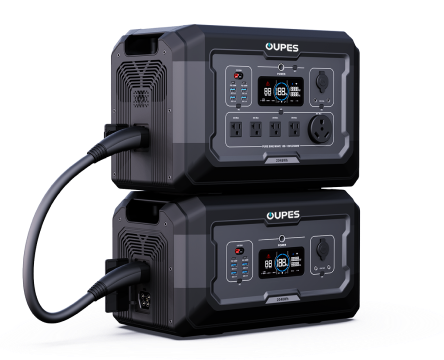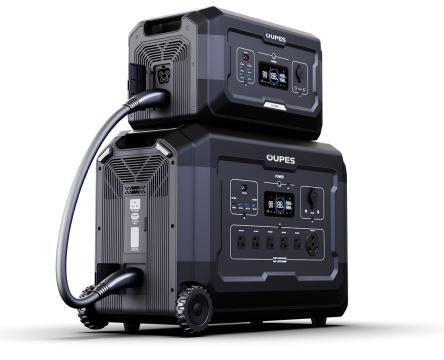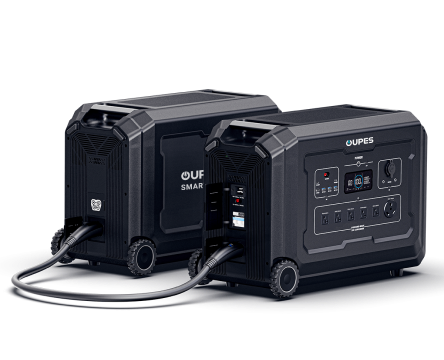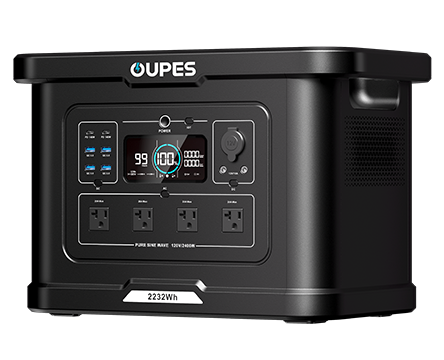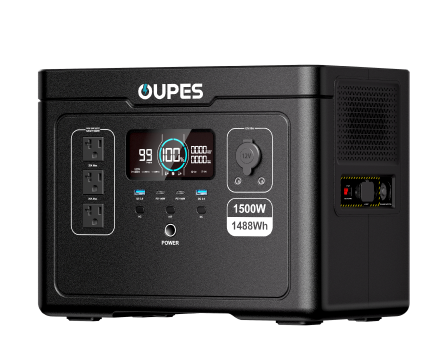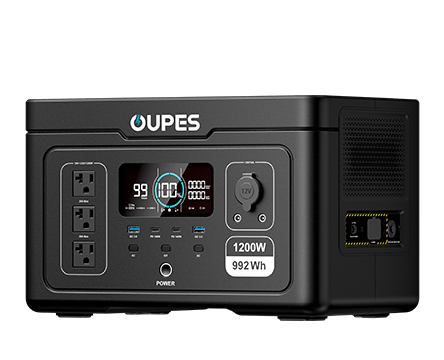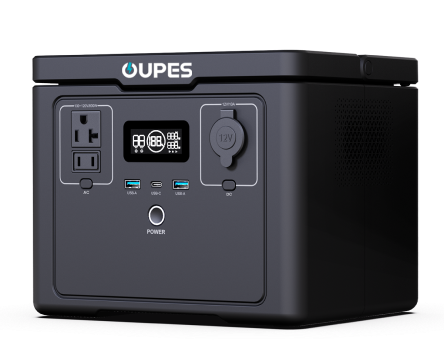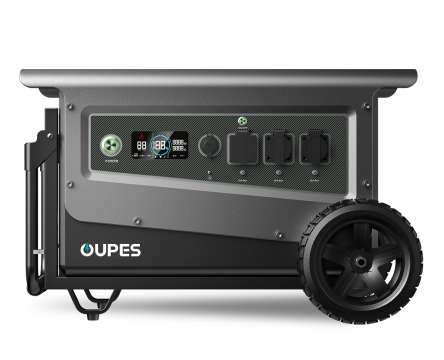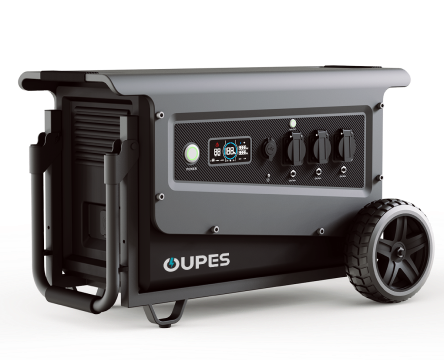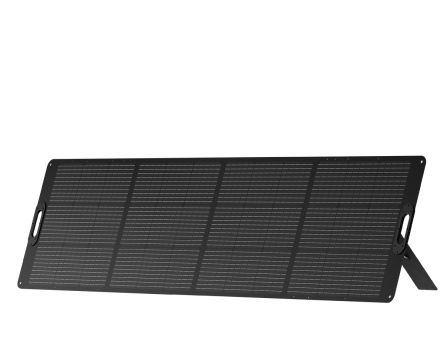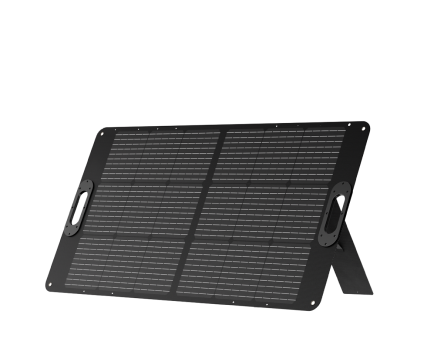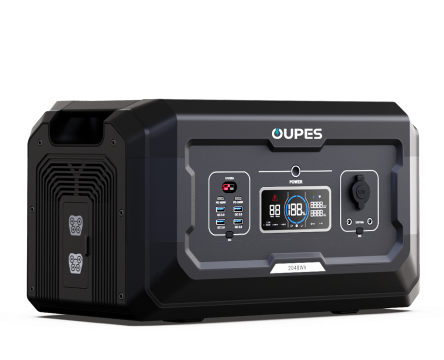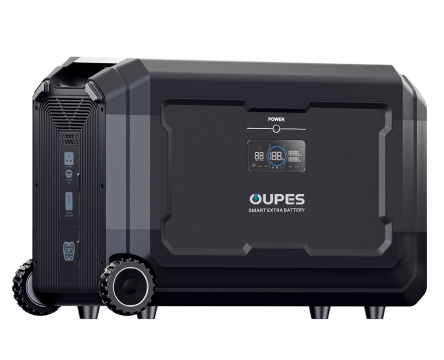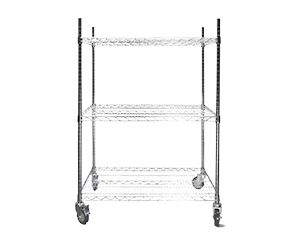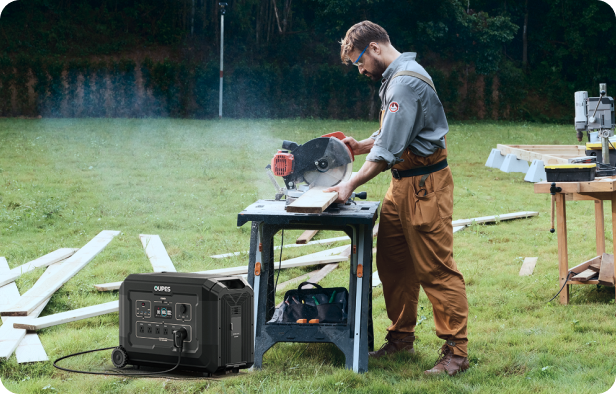
When it comes to portable power stations, the type of battery you choose is crucial for determining performance, longevity, and overall utility. Among the most popular battery types for these devices are lithium-ion and LiFePO4 (Lithium Iron Phosphate) batteries. As outdoor enthusiasts and campers, as well as those seeking reliable off-grid power, the debate between these two types of batteries is a common one. Each offers distinct advantages and disadvantages depending on your specific needs, so understanding these differences is key to making an informed choice.
In this article, we’ll take a deep dive into the two types of batteries to help you understand which one might be best for your portable power station. Whether you're seeking extended battery life, higher capacity, or better durability in extreme conditions, the right battery can make a huge difference in your experience. Let's explore the characteristics of LiFePO4 and lithium-ion batteries, and what each can offer for your portable power needs.
Understanding Lithium-Ion Batteries
Lithium-ion batteries have become the standard in many industries, from smartphones to electric vehicles, and they are also widely used in portable power stations. These batteries are known for their compact size, high energy density, and relatively long lifespan. The key to their popularity lies in their ability to store a large amount of power relative to their weight and size, making them an excellent choice for applications where space and weight are limited.
One of the major benefits of lithium-ion batteries is their energy density, which means they can store a significant amount of power in a small form factor. For portable power stations, this is particularly important because it allows you to have a lighter, more compact device without sacrificing the power needed to run your electronics. Whether you’re charging a laptop, powering a fan, or running lights at a campsite, a lithium-ion-powered station can meet these needs without weighing you down.
However, lithium-ion batteries do come with some drawbacks. They are known to degrade over time, especially if they are repeatedly discharged to low levels or exposed to high temperatures. This degradation can lead to reduced capacity, meaning you may have to replace the battery after a few years of use. Another concern is safety. Although lithium-ion batteries are generally safe, there have been instances of them catching fire or overheating, especially when improperly handled or subjected to extreme conditions.
That being said, advancements in battery management systems (BMS) and improved safety protocols have significantly reduced the risks associated with lithium-ion batteries. If you're looking for a battery that delivers a balance of power, weight, and cost, lithium-ion is often the go-to option. It's perfect for short-to-medium-term power needs, and it works well in scenarios where portability and efficiency are top priorities.
LiFePO4 Batteries: The Safer and Longer-lasting Alternative
LiFePO4 batteries, or Lithium Iron Phosphate batteries, are a newer and growing alternative to traditional lithium-ion batteries in portable power stations. Although they share similarities with lithium-ion batteries in terms of the lithium-based chemistry, the inclusion of iron phosphate as the cathode material gives LiFePO4 batteries unique characteristics that set them apart. One of the most notable features is their remarkable safety profile.
LiFePO4 batteries are much less likely to catch fire or explode compared to lithium-ion batteries, making them an ideal choice for users who prioritize safety. This is particularly important in situations where the battery may be exposed to harsh environments, such as in off-grid settings or during outdoor activities. Their stability and ability to withstand high temperatures without significant risk of damage make them perfect for applications where reliability and peace of mind are crucial.
In addition to safety, LiFePO4 batteries offer impressive longevity. While lithium-ion batteries tend to degrade after a few years of regular use, LiFePO4 batteries are known for their longer lifespan, often lasting between 2,000 to 5,000 charge cycles, which is significantly higher than the typical 500-1,500 cycles for lithium-ion. This makes LiFePO4 batteries a great choice for users looking for a long-term investment in a portable power station. The ability to maintain performance over many years also translates into a more sustainable solution for those who rely on their power stations frequently.
Another advantage of LiFePO4 batteries is their stable performance in extreme conditions. Unlike lithium-ion batteries, which can lose efficiency in very hot or cold environments, LiFePO4 batteries tend to operate well in a wider range of temperatures. This means that whether you're camping in the mountains, using your power station in a hot desert, or relying on it during the winter months, the LiFePO4 battery will continue to perform reliably.
Comparing the Capacity and Efficiency of Both Battery Types
When choosing between lithium-ion and LiFePO4 batteries for a portable power station, capacity and efficiency are two important factors to consider. Capacity refers to the total amount of energy a battery can store, typically measured in watt-hours (Wh). Efficiency, on the other hand, is the ability of the battery to discharge its stored energy effectively without significant losses.
In terms of capacity, lithium-ion batteries generally have a higher energy density, meaning they can store more energy for a given size and weight. This makes them a better option for applications where space is limited, and you need to store as much power as possible in a compact unit. For instance, if you're looking for a power station to charge high-energy devices like laptops or small appliances, a lithium-ion battery may be your best choice. It’s well-suited for users who require more energy from a smaller form factor.
However, while lithium-ion batteries have a higher energy density, LiFePO4 batteries excel in efficiency. Although their energy density is lower, they make up for it with superior energy retention and less energy loss during the discharge process. This means that for every watt of power you draw, a LiFePO4 battery will give you more usable energy over time compared to a lithium-ion battery. This makes LiFePO4 an excellent choice for users who require consistent power throughout the day, such as for extended camping trips, off-grid living, or outdoor work.
Another key point is that LiFePO4 batteries tend to maintain their capacity over a longer period. The higher cycle life of LiFePO4 batteries means that they will maintain their capacity better, even after thousands of charge cycles, compared to lithium-ion batteries that tend to experience a decline in capacity over time. This makes the LiFePO4 battery a more cost-effective choice in the long run, especially for users who plan to use their portable power station frequently.
Cost Considerations: Is the Higher Price Worth the Investment?
One of the biggest factors to consider when choosing between lithium-ion and LiFePO4 batteries for your portable power station is the cost. Generally speaking, lithium-ion batteries are less expensive upfront compared to LiFePO4 batteries, making them an attractive option for users on a budget. This price difference is largely due to the manufacturing process, where lithium-ion batteries are more established and have lower production costs.
While lithium-ion batteries may be the more affordable option initially, the long-term costs could be higher due to their shorter lifespan and reduced efficiency over time. This means that, in the long run, you may need to replace your lithium-ion battery more frequently than a LiFePO4 battery, which could lead to higher overall costs over the lifespan of your portable power station.
On the other hand, LiFePO4 batteries, while more expensive initially, can offer significant savings over time. Their higher cycle life and greater efficiency mean you’ll likely get more use out of your power station without needing to replace the battery as often. Additionally, their superior safety and stable performance in various environmental conditions make them a more reliable option in the long run, reducing the likelihood of unexpected repair costs or damage to your power station.
In conclusion, if you're looking for a budget-friendly solution for occasional use, lithium-ion batteries might be the way to go. However, if you’re planning to use your portable power station regularly or in demanding conditions, the higher upfront cost of a LiFePO4 battery could be a worthwhile investment, saving you money over the long term and providing peace of mind with better safety and reliability.
Which Battery is Best for Your Portable Power Station?
Ultimately, the choice between lithium-ion and LiFePO4 batteries comes down to your specific needs and usage patterns. If you prioritize portability, affordability, and a lighter weight, lithium-ion batteries are a great option for short-term and moderate use. They provide ample power in a compact package, and they work well for travelers and outdoor enthusiasts who need reliable energy on the go.
However, if you're looking for long-term durability, safety, and higher efficiency, LiFePO4 batteries are the clear winner. They excel in harsh environments, have a longer lifespan, and offer greater efficiency over time. For those who rely on their portable power station for extended periods, or for off-grid living, investing in a LiFePO4 battery may be the best choice in the long run.
Whichever battery you choose, both lithium-ion and LiFePO4 batteries offer distinct advantages. By considering your specific energy needs, budget, and how often you plan to use your portable power station, you’ll be able to select the right battery type that fits your lifestyle and ensures you have the power you need, when you need it.

